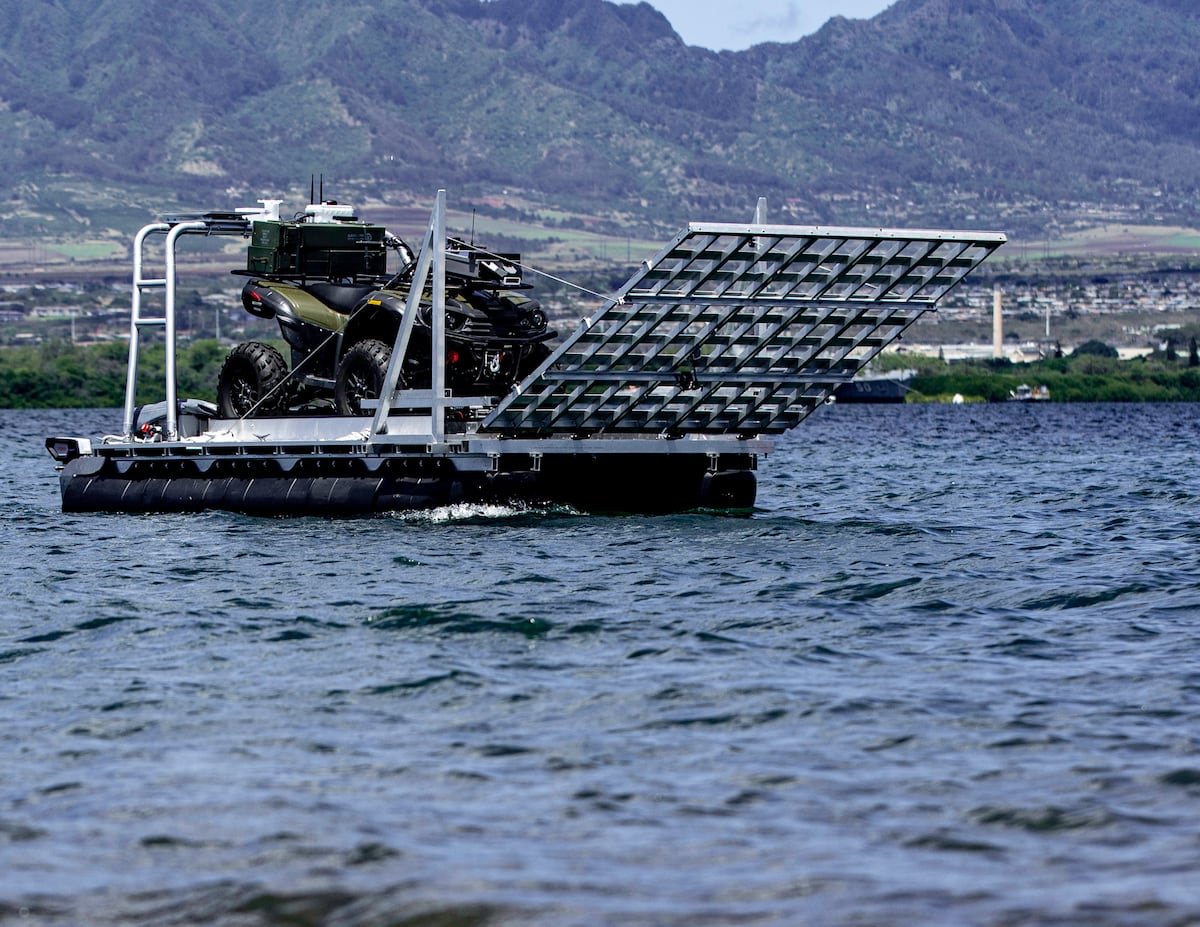U.S. Army’s Improved Turbine Engine Program: Current Status and Future Prospects
Ongoing Developments in the ITEP
The U.S. Army has opted to maintain the Improved Turbine Engine Program (ITEP), despite its initial proposal for discontinuation as part of a significant organizational restructuring initiative announced in May. With a focus on enhancing operational efficiency and prioritizing capabilities deemed essential for future engagements, the program’s continuation reflects a commitment to advancing turbine engine technology.
While the Army assesses various strategic directions for the ITEP, testing remains active. Recently, the Army successfully integrated a General Electric-designed engine, intended to eventually replace existing engines in both the UH-60 Black Hawk and AH-64 Apache helicopters. This integration took place at Sikorsky’s facility in West Palm Beach, Florida, culminating in the aircraft’s maiden flight with the new engine in May.
Initial Testing Results
According to Brig. Gen. David Phillips, the Army’s program executive officer for aviation, the Black Hawk equipped with the new engine has exhibited promising performance metrics. The aircraft has conducted forward flights at altitudes reaching 4,000 feet, yielding outcomes that meet or exceed expectations.
- Performance Metrics:
- Successful initial flights indicate that both the aircraft and engine are functioning within advertised parameters.
- Ongoing tests are being funded through existing program resources, with potential additional Congressional support anticipated in the fiscal year 2026 budget.
Future Acquisition and Qualification
Prospective funding could further bolster efforts to attain engine qualification for the Black Hawk fleet. Phillips indicated a clear commitment to advancing the ITEP goals, contingent upon the receipt of legislative backing.
The program’s trajectory appears compromised by directives established under the Army Transformation Initiative. This comprehensive reform effort aims to streamline operations by reallocating resources away from initiatives perceived as lower priority. As such, the ITEP’s future hangs in a precarious balance amid these strategic shifts.
History of Challenges
The ITEP’s inception began 15 years ago, rooted in a competitive selection process for an advanced helicopter engine. Despite initial projections for expedited development, the program has faced numerous setbacks:
- Delays: The project has been impeded by funding constraints, evolving development strategies, and legal challenges from competing contractors, notably the Advanced Turbine Engine Company, a collaboration between Honeywell and Pratt & Whitney.
- Recent Hindrances: Technical difficulties and the global COVID-19 pandemic have exacerbated delays, complicating supply chain logistics and testing schedules.
These complications originally prompted General Electric to promise a faster development timeline; however, recent assessments now predict a two-year postponement before the T901 engine can be integrated into the UH-60 Black Hawk – the inaugural platform scheduled for this significant upgrade.
Broader Aviation Strategy
In addition to the turbine engine initiative, the Army is investing in several key upgrades for its helicopter fleet:
- Integrated Architecture: The Black Hawk and Apache helicopters are set to benefit from a unified cockpit design aimed at enhancing operator proficiency and survivability.
- Next-Generation Command Control: Innovations in command-and-control capabilities are under development to support modernized operational paradigms.
- Sustainability Efforts: Focused on ensuring prolonged operational effectiveness, the Army is implementing cost-effective strategies to sustain helicopter readiness amid budget constraints.
Furthermore, the Apache helicopter is undergoing enhancements with airframe improvements, including a new tail rotor blade program aimed at bolstering performance.
Implications for Future Operations
As the Army seeks to establish robust interoperability among manned and unmanned systems, it is essential that these enhancements not only maintain but extend the combat efficacy of Black Hawk and Apache platforms. Phillips emphasized the necessity of ensuring that these aviation assets remain lethal and capable in demanding battlefield conditions.
This holistic approach, combining turbine engine advancements with broader fleet sustainability measures, positions the Army to meet the complexities of contemporary warfare head-on, even as the ITEP navigates uncertainties in its operational future.





